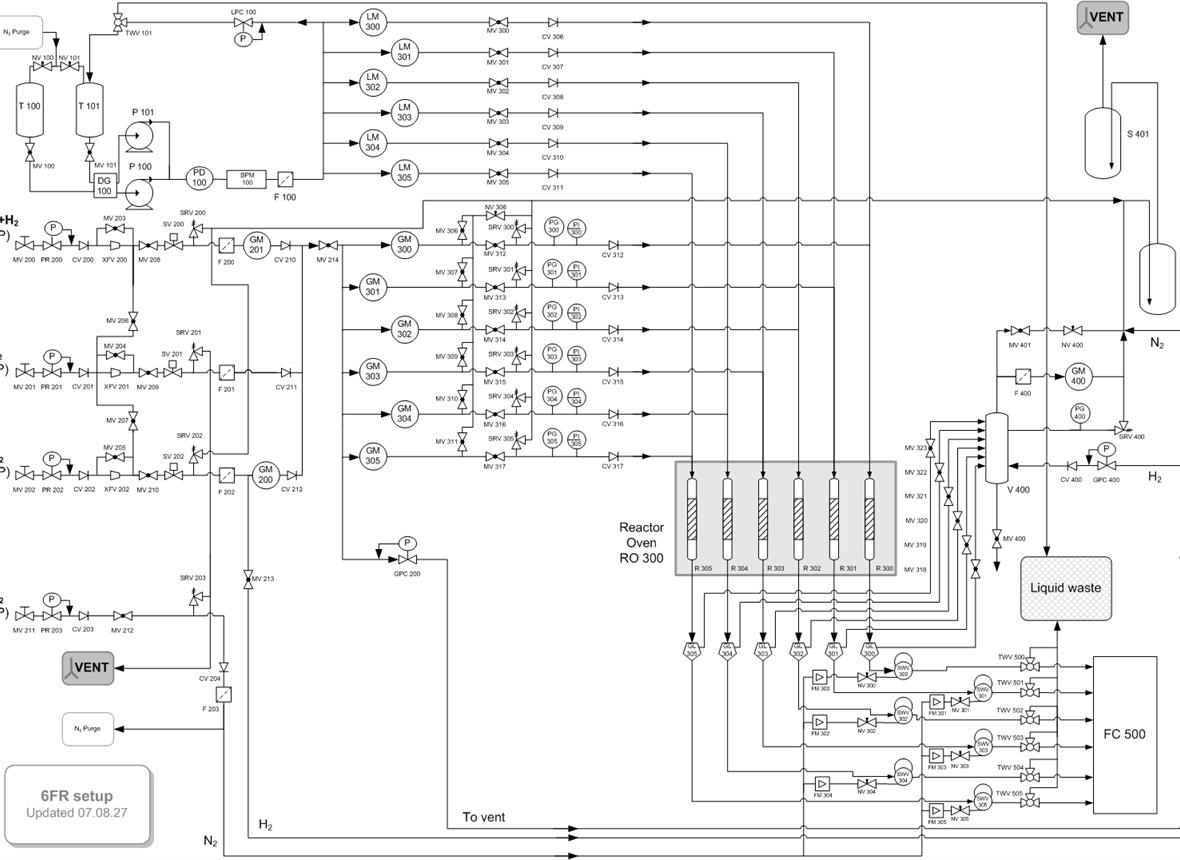Comparative analysis of counter-current and co-current downer reactors using particle image velocimetry and computational particle-fluid dynamics
by
Aldugman, Cui, Alzailaie, Alhareth, Langley, Alfilfil, Almajnouni, Gascon, Thoroddsen, Castaño
Chem. Eng. J. Adv.
Year:
2025
DOI:
https://doi.org/10.1016/j.ceja.2024.100687
